Remote sensing has become a critical tool in various industries, including environmental monitoring, agriculture, urban planning, and disaster management. With advancements in technology, numerous remote sensing software solutions are available to process, analyze, and visualize satellite and aerial imagery. This article lists the 20 best remote sensing software tools that professionals can use for their geospatial and earth observation needs.
20 Best Remote Sensing Software
Here’s a list of 20 Best Remote Sensing Software for Professionals you can start using today:
1. Google Earth Engine
Platform: Web-based
Key Features: Cloud computing, vast data catalog, AI/ML integration
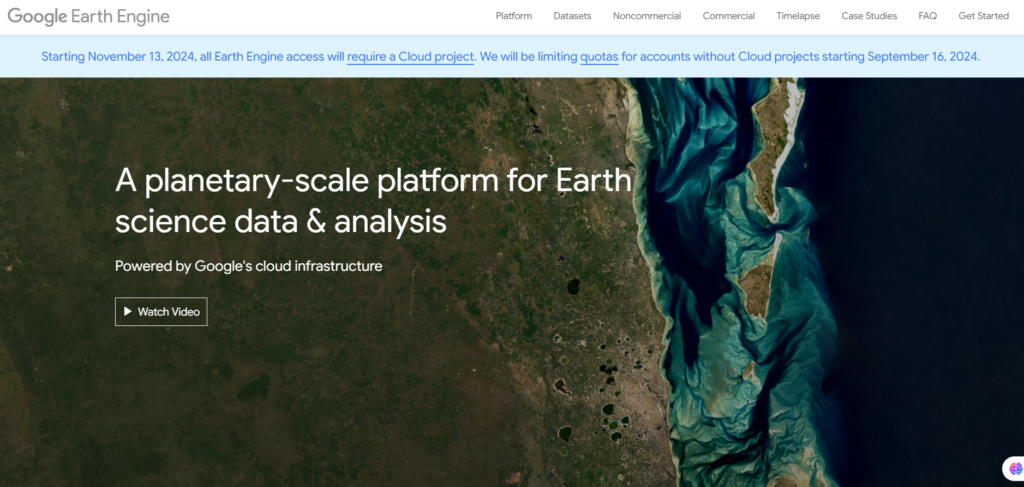
Google Earth Engine (GEE) is a cloud-based platform that provides access to a vast repository of geospatial datasets and remote sensing tools. It supports advanced analytics, machine learning, and data visualization. Users can leverage its computational power to analyze massive amounts of satellite imagery, making it ideal for large-scale environmental and climate studies.
2. ArcGIS Pro
Platform: Windows
Key Features: Advanced spatial analysis, 3D visualization, deep integration with GIS

ArcGIS Pro by Esri is one of the most powerful remote sensing software tools. It supports raster analysis, geostatistics, and integration with AI models for enhanced imagery interpretation. The software enables users to conduct high-precision spatial analysis, overlay multiple datasets, and integrate real-time data streams.
3. QGIS
Platform: Windows, macOS, Linux
Key Features: Open-source, plugin support, raster and vector analysis

QGIS is a widely used open-source GIS software that supports remote sensing tasks through plugins like the Semi-Automatic Classification Plugin (SCP) for image classification. It allows for extensive customization and scripting using Python, making it a versatile tool for research and academic purposes.
4. ERDAS IMAGINE
Platform: Windows
Key Features: AI-driven classification, photogrammetry, LiDAR analysis
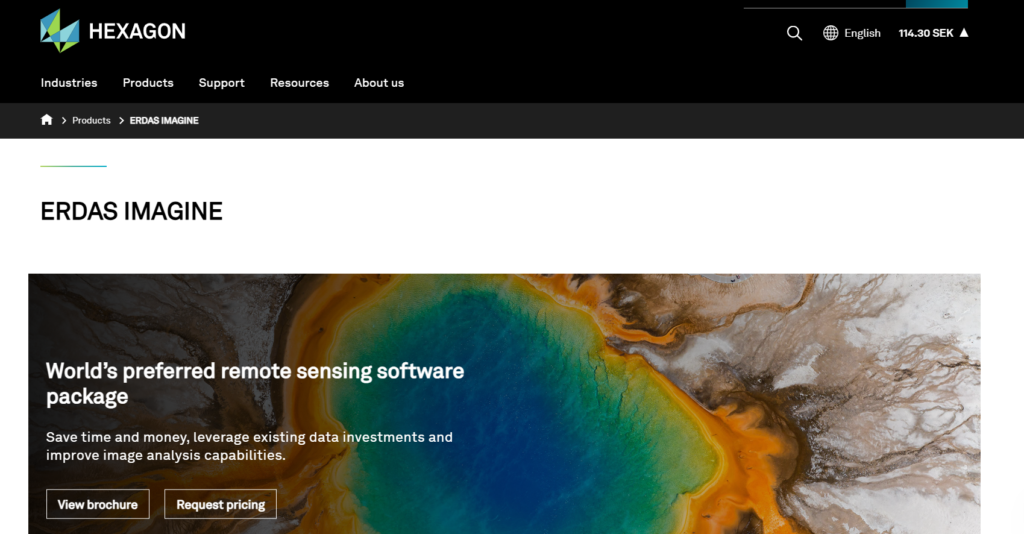
ERDAS IMAGINE is a leading software for raster-based remote sensing, supporting high-level geospatial analytics and machine learning. It excels in photogrammetry, 3D terrain modeling, and satellite image analysis, making it a preferred choice for professionals in urban planning and land-use management.
5. ENVI
Platform: Windows
Key Features: Hyperspectral analysis, SAR processing, AI integration
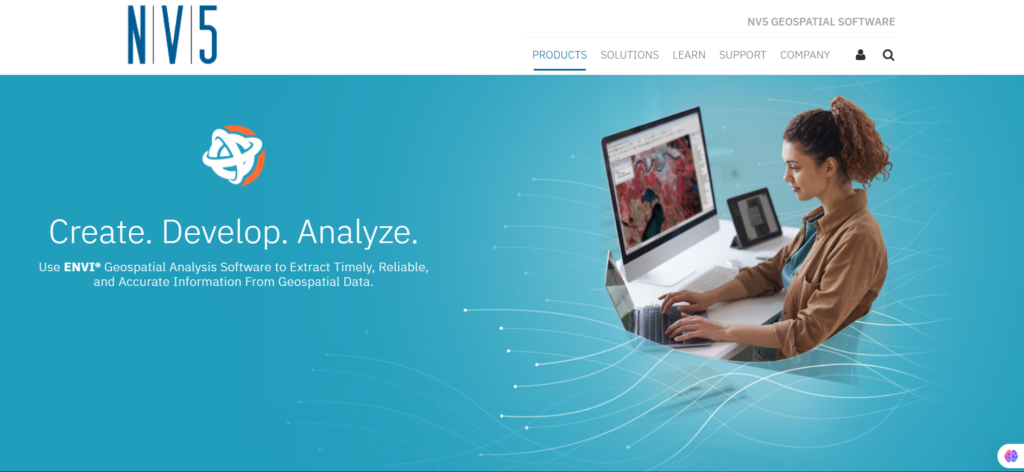
ENVI is a premier tool for remote sensing professionals, particularly for analyzing hyperspectral and synthetic aperture radar (SAR) data. It includes robust tools for automated feature extraction, atmospheric correction, and multi-temporal analysis, helping researchers derive meaningful insights from satellite and aerial imagery.
6. SNAP (Sentinel Application Platform)
Platform: Windows, macOS, Linux
Key Features: Multi-mission support, free Sentinel data processing
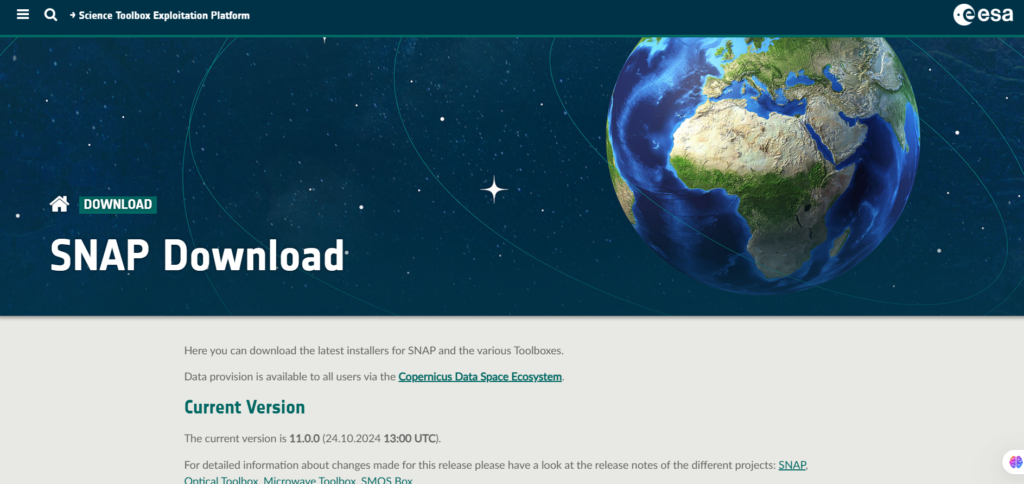
Developed by ESA, SNAP provides advanced processing capabilities for Sentinel satellite data, making it essential for earth observation applications. The software offers pre-processing tools for SAR and optical imagery, allowing users to conduct sophisticated atmospheric corrections and vegetation indices analysis.
7. GRASS GIS
Platform: Windows, macOS, Linux
Key Features: Open-source, raster processing, hydrology tools

GRASS GIS is an open-source powerhouse for geospatial and remote sensing analysis, offering extensive raster processing and statistical analysis tools. It supports topographic modeling, spatial interpolation, and change detection analysis, making it a favorite among environmental scientists and hydrologists.
8. PCI Geomatica
Platform: Windows
Key Features: AI-based object recognition, photogrammetry, atmospheric correction

PCI Geomatica is a feature-rich remote sensing software that supports multi-sensor image processing and AI-based classification. It includes tools for advanced radar analysis, mosaicking, and automated feature detection, making it invaluable for mapping and disaster response planning.
9. Global Mapper
Platform: Windows
Key Features: LiDAR processing, terrain analysis, 3D visualization

Global Mapper is a cost-effective tool for remote sensing applications, supporting LiDAR and terrain modeling. It includes powerful tools for contour generation, watershed analysis, and volumetric calculations, catering to professionals in forestry and mining.
10. Orfeo ToolBox (OTB)
Platform: Windows, macOS, Linux
Key Features: Open-source, large-scale processing, machine learning support
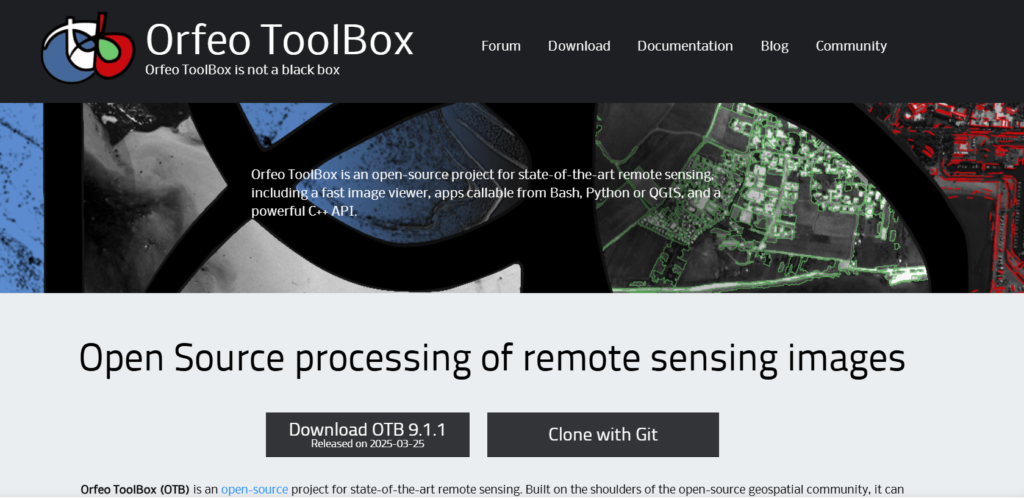
OTB is a high-performance remote sensing toolbox known for its ability to handle large datasets efficiently. It features automated image classification, segmentation, and object recognition using AI algorithms.
Related Content:
10 Best Free LiDAR Software Tools and Viewers
The Best 15 Google Maps Scrapers of 2025
Top 10 GIS Software: Features, Benefits, and Comparisons
11. ILWIS (Integrated Land and Water Information System)
Platform: Windows
Key Features: Open-source, raster and vector processing, hydrological modeling

ILWIS is a powerful remote sensing software known for its strong GIS and image processing capabilities. It is widely used in hydrology, agriculture, and land management applications. It supports various geospatial data formats and provides robust analytical tools for spatial modeling and map visualization.
12. eCognition
Platform: Windows
Key Features: Object-based image analysis, machine learning integration
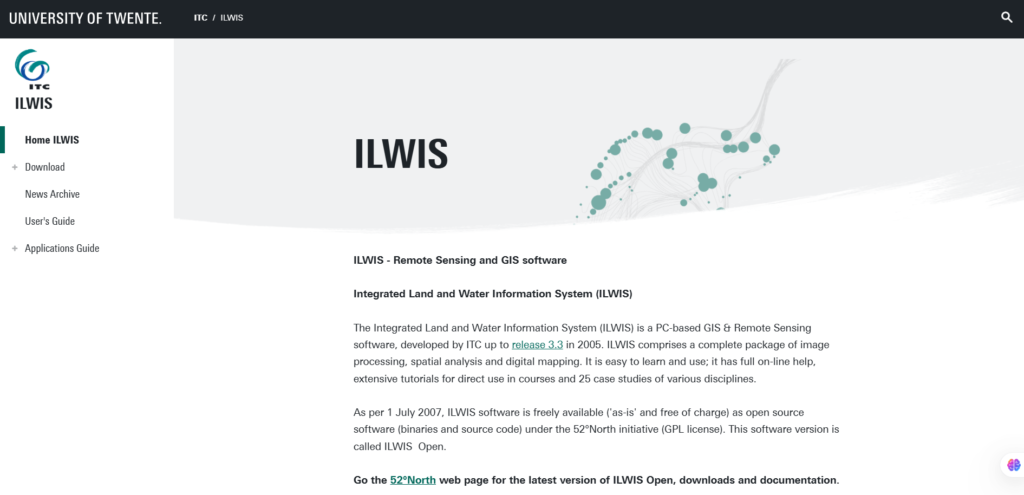
eCognition is a leading software for object-based image classification, supporting AI-driven analysis for land cover mapping and feature extraction. It is widely used in precision agriculture, forestry management, and urban planning, thanks to its ability to analyze complex imagery efficiently.
13. GEOimage
Platform: Windows
Key Features: SAR and optical data processing, AI-powered classification
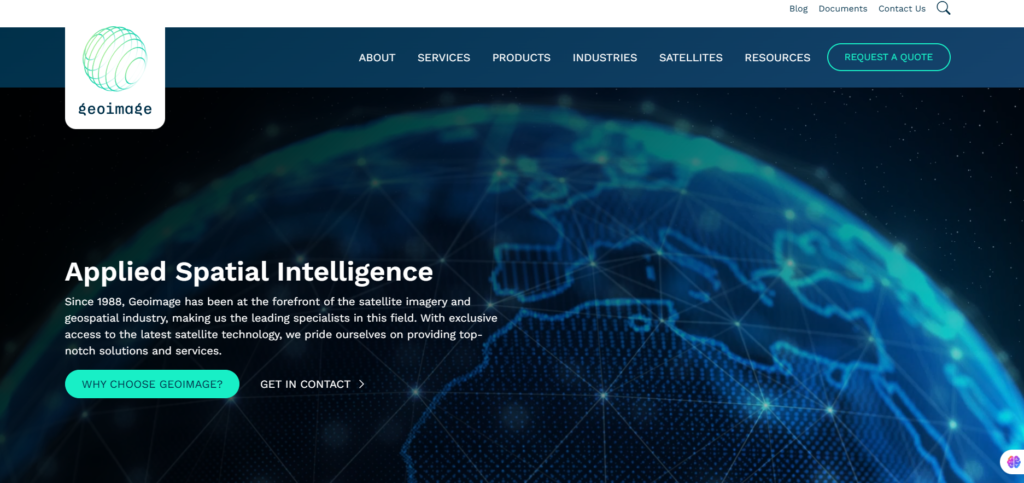
GEOimage is a specialized tool for satellite and drone imagery analysis, commonly used for defense and environmental monitoring applications. It provides advanced filtering and image enhancement techniques for improved feature recognition and land-use planning.
14. SAGA GIS
Platform: Windows, macOS, Linux
Key Features: Open-source, geostatistical analysis, terrain modeling
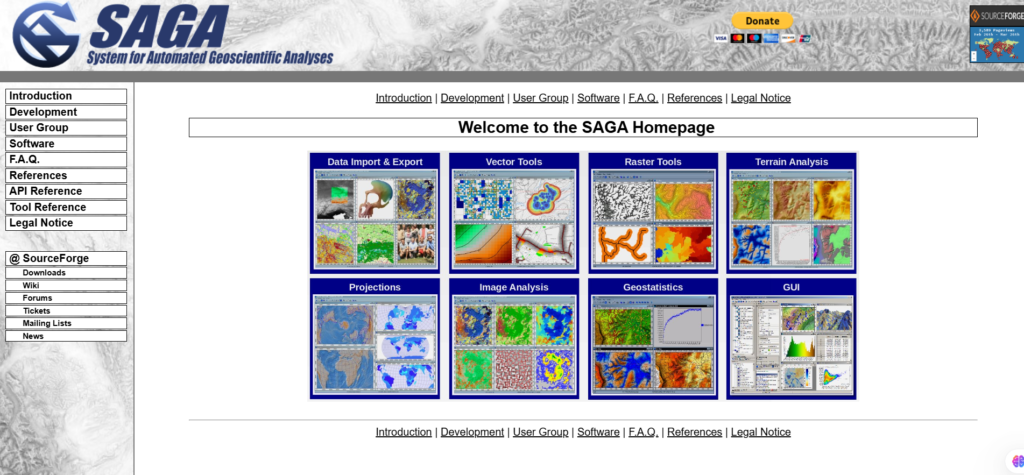
SAGA GIS is known for its powerful geostatistical and topographic analysis tools, making it useful for climate modeling and hydrology. It includes extensive capabilities for terrain analysis, hydrological modeling, and landform classification.
15. GEOID
Platform: Windows
Key Features: 3D geospatial visualization, terrain analysis
GEOID is an advanced remote sensing software for digital elevation modeling and geospatial visualization. It provides high-resolution 3D visualization tools, making it ideal for geological and environmental studies.
16. Whitebox GAT
Platform: Windows, macOS, Linux
Key Features: Open-source, LiDAR processing, hydrological tools
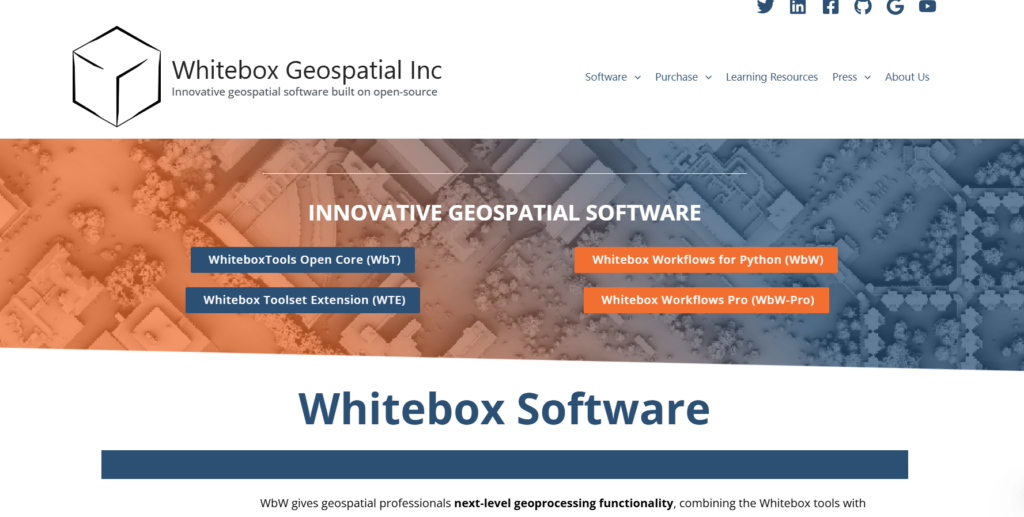
Whitebox GAT is an emerging tool in remote sensing, focusing on terrain analysis and LiDAR data interpretation. It is commonly used for environmental modeling, landform analysis, and water resource management.
17. SuperGIS
Platform: Windows
Key Features: Spatial analysis, remote sensing, GIS integration
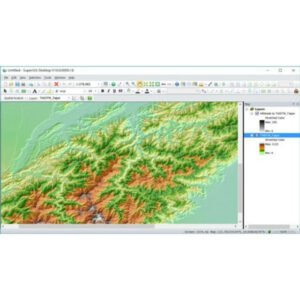
SuperGIS provides an alternative to ArcGIS with strong remote sensing support. It includes real-time mapping, GPS integration, and spatial data analysis tools.
18. DIPEx
Platform: Windows
Key Features: AI-enhanced image processing, object recognition
DIPEx is used for advanced image classification and feature extraction, supporting deep learning algorithms for pattern recognition.
19. RSGISLib (Remote Sensing and GIS Library)
Platform: Windows, macOS, Linux
Key Features: Open-source, Python-based, automated image processing
RSGISLib is a powerful open-source library that enables large-scale remote sensing data processing. It is useful for automated classification, segmentation, and time-series analysis. This Python-based tool is an excellent choice for machine learning and batch processing.
20. LIME (Land Image Modular Environment)
Platform: Windows, macOS
Key Features: AI-enabled image processing, SAR and hyperspectral data support
LIME is a modular image processing software designed specifically for Synthetic Aperture Radar (SAR) and hyperspectral imagery. Its AI-based capabilities make it suitable for real-time data processing and accurate feature extraction.
Conclusion
Remote sensing software plays a pivotal role in various fields like agriculture, urban planning, disaster management, and environmental monitoring. Each tool on this list brings a unique set of features designed to meet the needs of professionals working with satellite, aerial, and ground-based geospatial data. Whether you’re analyzing hyperspectral data, working with LiDAR technology, or processing large-scale satellite imagery, there’s a software solution tailored to your specific requirements.
By leveraging these top 20 remote sensing software options, professionals can enhance their workflows, improve the accuracy of their analyses, and make more informed decisions. From open-source platforms like QGIS and GRASS GIS to commercial software such as ArcGIS Pro and ERDAS IMAGINE, the possibilities are endless. The right choice depends on your project needs, budget, and preferred technical features.
FAQ (Frequently Asked Questions)
1. What is the best remote sensing software for beginners?
For beginners, QGIS and Google Earth Engine are highly recommended due to their user-friendly interfaces and strong community support. Both platforms also offer tutorials and guides, making it easier for newcomers to learn and implement remote sensing techniques.
2. Can I use remote sensing software for land-use planning?
Yes, many of the listed remote sensing software tools, such as ArcGIS Pro, ERDAS IMAGINE, and PCI Geomatica, are extensively used in land-use planning. These tools allow for detailed spatial analysis, terrain modeling, and feature extraction, which are crucial for effective land-use planning and management.
3. Is there any free remote sensing software available?
Yes, several free and open-source remote sensing software options are available, including QGIS, GRASS GIS, and SNAP. These tools offer robust features like raster processing, geospatial analysis, and multi-spectral imagery processing at no cost.
4. Which software is best for analyzing LiDAR data?
Software like Global Mapper, ERDAS IMAGINE, and Whitebox GAT are excellent for LiDAR data analysis. These tools provide powerful features for point cloud processing, terrain modeling, and 3D visualization, which are essential for LiDAR data interpretation.
5. What are the key features to look for in remote sensing software?
When selecting remote sensing software, it’s important to consider features like image processing capabilities, AI and machine learning integration, multi-spectral and hyperspectral data analysis, ease of use, platform compatibility, and support for large datasets. The software’s ability to handle specific data formats (such as LiDAR or SAR) and its analytical capabilities should align with your project requirements.
6. Are there any remote sensing tools specifically for environmental monitoring?
Yes, many remote sensing tools are specialized for environmental monitoring, such as Google Earth Engine and ENVI. These platforms provide advanced data processing capabilities for environmental analysis, including land cover mapping, deforestation monitoring, and climate change research.
7. How do I choose the right remote sensing software for my project?
Choosing the right software depends on several factors, including the specific type of analysis required (e.g., image classification, vegetation mapping, or terrain modeling), the software’s processing capabilities, budget, and technical skill level. It’s also essential to evaluate the software’s compatibility with the data formats you’ll be working with (such as satellite imagery or LiDAR data).
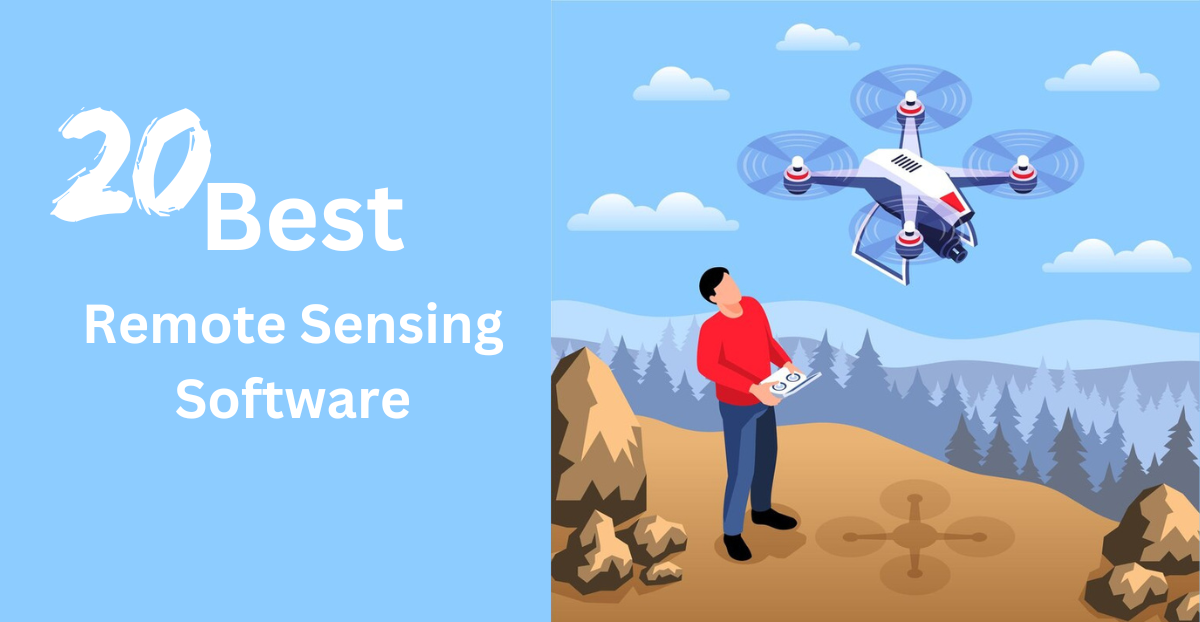
3 thoughts on “20 Best Remote Sensing Software for Professionals”